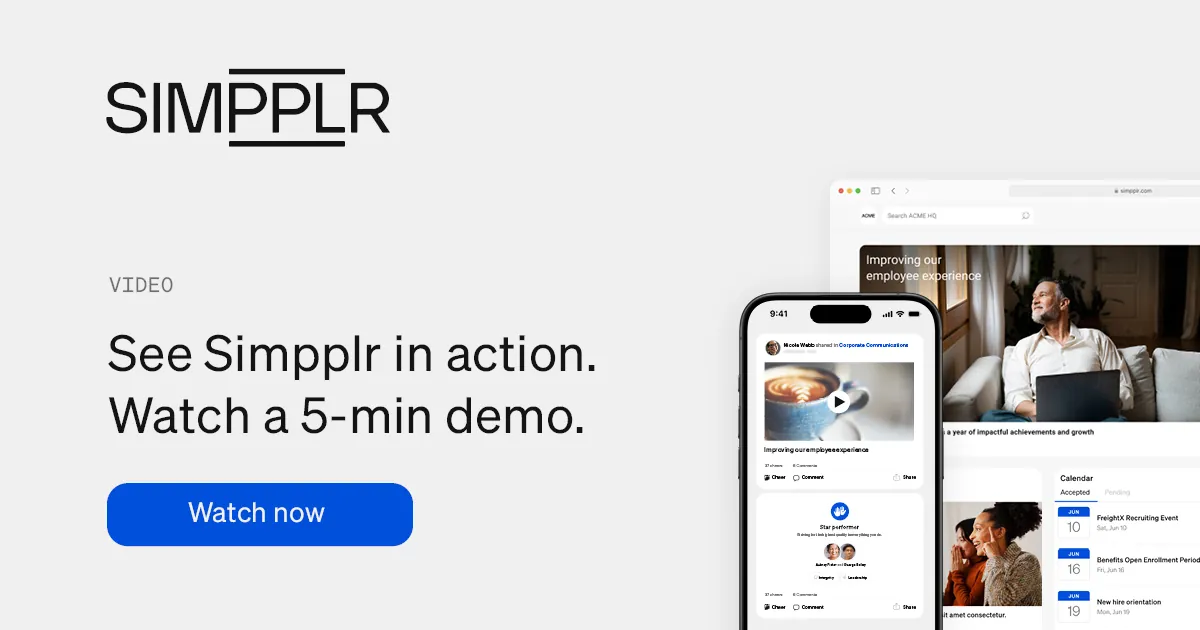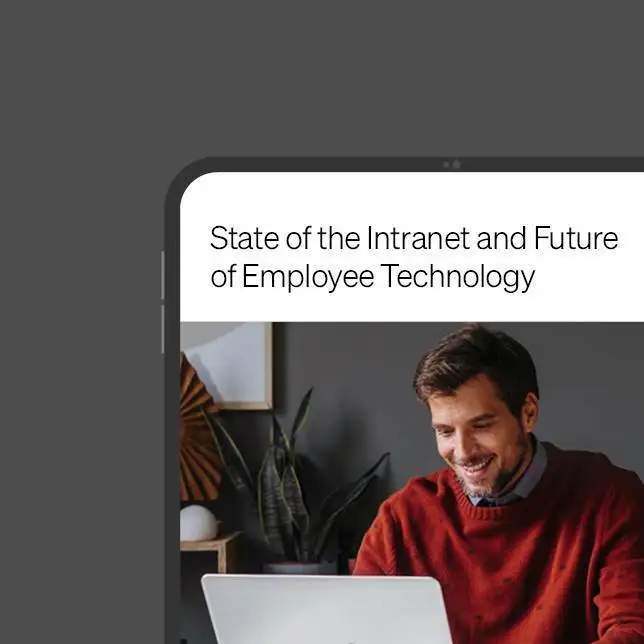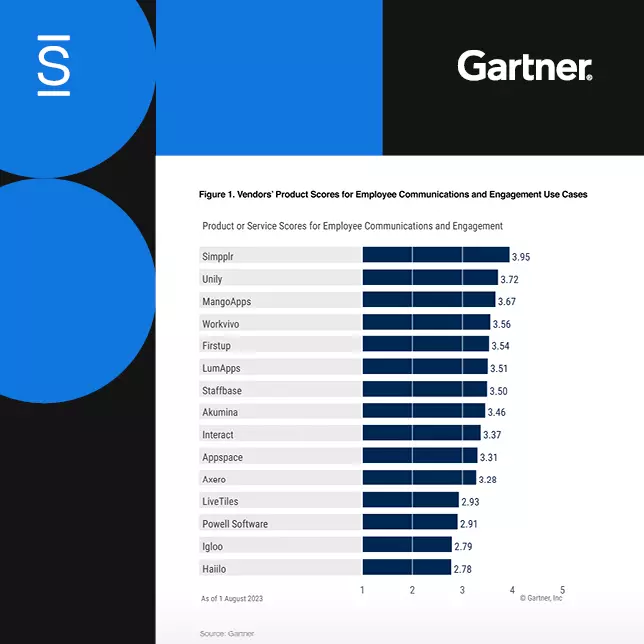What is employee burnout?
Employee burnout is a state of physical, mental, and emotional exhaustion resulting from prolonged stress and overwork in the workplace. The World Health Organization (WHO) emphasizes that burnout specifically pertains to work-related stress that hasn’t been well managed and should not be generalized to other life areas.
Employee burnout involves three key characteristics:
- Energy depletion or exhaustion
- Increased mental distance or negative feelings towards one’s job
- Reduced effectiveness or productivity at work

How common is employee burnout?
Employee burnout is increasingly prevalent in today’s workforce, impacting individuals across various industries and job roles. According to a recent Gallup survey, about 76% of employees experience burnout at least sometimes, with approximately 28% feeling burned out “very often” or “always.”
Furthermore, American Psychological Association (APA) research states that almost 57% of Americans find work a major source of stress. Stress may reduce productivity, increase absenteeism, and increase employee turnover, which shows how much of an influence it has on both individuals and enterprises.
The COVID-19 pandemic has further intensified burnout levels. Employees have faced heightened stress levels with remote work, economic uncertainty, and blurred work-life boundaries. A FlexJobs and Mental Health America survey revealed that 75% of respondents experienced burnout at work, with 40% attributing it directly to COVID-19.
What causes employee burnout?
Employee burnout can arise from various factors within the workplace environment. Understanding these factors is crucial for addressing burnout effectively:
- Workload and job demands: Unrealistic expectations, tight deadlines, and heavy workloads can overwhelm employees, leaving them under constant pressure to perform. Burnout becomes a severe risk when the workload exceeds their capacity to manage it.
- Lack of work-life balance: It’s not always easy to strike a healthy balance between work and personal obligations. Employees are more likely to experience burnout if they find it difficult to put their personal individual needs ahead of their work.
- Poor managerial support and leadership: Employees who feel their managers are undervaluing, micromanaging, or offering them no assistance may get frustrated and disappointed. Lack of employee listening and ineffective communication from leadership can deteriorate employee morale and force them to shut down.
- Workplace culture and environment: The work environment and organizational culture have a significant impact on how employees feel about their experiences and well-being. They may experience additional stress in toxic work settings where there is intense competition, conflicts among coworkers, or a lack of transparency and trust.
- Compensation and reward systems: Employee dissatisfaction and resentment can arise when they believe their efforts are not sufficiently valued or acknowledged. Apart from the compensation itself, employee recognition cannot be overlooked. By making a practice of acknowledging and valuing employees’ efforts and achievements, organizations can enhance morale, job satisfaction, and overall engagement. This then leads to increased productivity, lower turnover rates, and a positive business ROI.
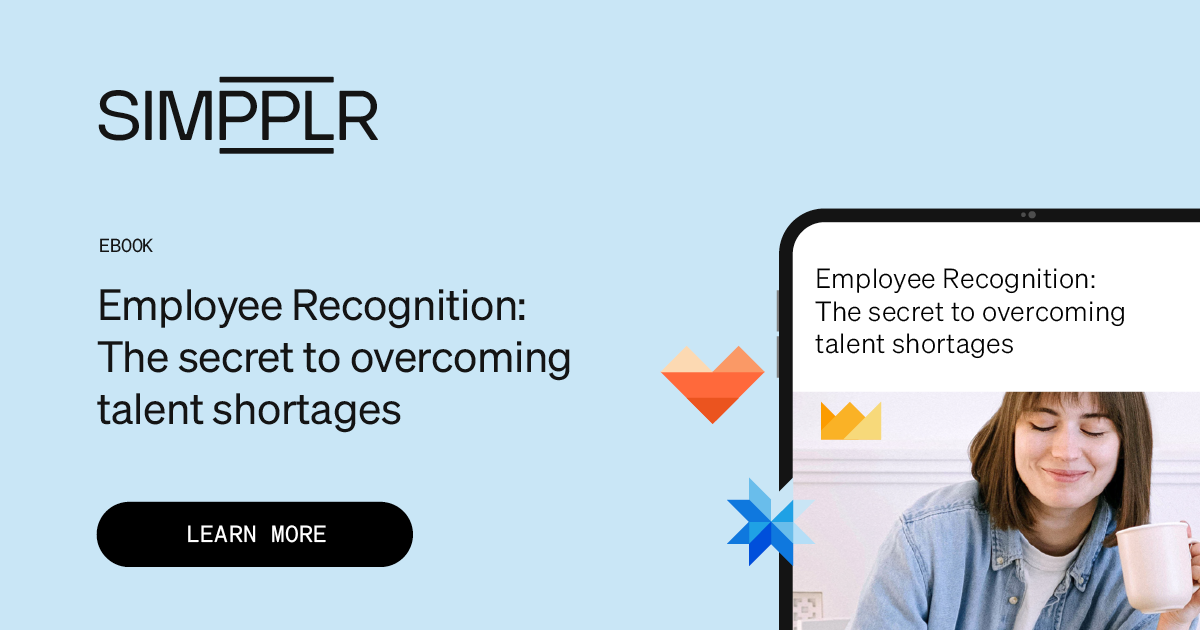
Four employee burnout signs you can’t ignore
When spotting burnout among your employees, watching for various signs and symptoms is essential. Here are four signs you should not ignore:
1. Physical signs: Your employees might be feeling like they’ve run a marathon, struggling to catch a good night’s sleep, or battling frequent health issues. Keep an eye out for these physical manifestations of burnout, especially if you notice:
- Increased absenteeism in the workplace
- More unplanned or sick leaves
- Unprecedented attrition
2. Emotional signs: Burnout can also affect emotions. If your employees seem more on edge or emotionally drained, it could be a sign that burnout is taking its toll. Look for signs like:
- Increased irritability
- Decreased sense of accomplishment
- Increased sensitivity to criticism
3. Behavioral signs: Changes in behavior can also indicate burnout. Watch for any noticeable shifts in your employees’ daily behavior. This might include:
- Withdrawing from social interactions
- Avoiding work-related tasks
- Becoming cynical and pessimistic
4. Performance decline: A clear indicator of burnout is a decline in performance, affecting your employees’ ability to excel. Watch for signs like:
- Drop in productivity
- Frequent mistakes
- Incompletion of projects on time
Employee burnout can significantly impact a company’s bottom line, affecting productivity, retention, and overall performance. Thus, companies must implement actionable strategies to prevent and manage burnout, fostering a resilient and engaged workforce.
How to prevent and manage employee burnout?
Feeling fatigued is not the same as being burned out. While a nice cup of coffee, a stroll in the afternoon, or a restful night’s sleep can help you get over feeling “tired,” the effects of burnout run much deeper.
No amount of pizza treats or health workshops can rejuvenate your employees from the emotional and mental exhaustion of burnout.
Preventing and managing employee burnout involves taking proactive steps to support your team’s well-being. Here are some strategies to consider:
1. Establish clear goals
Define the KPIs, set the goals, and stick to them. Make sure your team knows exactly what’s expected of them.
When everyone is on the same page, it’s easier for employees to stay focused and motivated.
2. Promote work-life balance
Encourage employees to prioritize their well-being outside work by promoting work-life balance initiatives.
Whether offering flexible work hours, encouraging regular breaks, or promoting time off, finding the right balance is essential for preventing burnout.
3. Foster manager-employee relationships
Managers play a crucial role in preventing burnout. Ensure managers foster supportive relationships with their team members, offering encouragement, feedback, and support when needed.
When employees feel valued and supported by their managers, they’re more likely to thrive.
4. Encourage open communication
Build a culture of open communication where employees feel comfortable expressing their concerns and sharing feedback.
Encourage periodical check-ins between managers and employees to discuss workload, stressors, and any challenges they may be facing. Being able to voice concerns and receive support can go a long way in preventing burnout.
5. Provide resources for stress management:
Offer programs and resources to assist employees in prioritizing their health and managing stress.
Whether providing access to mental health resources, wellness workshops, or promoting activities like yoga or mindfulness, giving employees the tools to manage stress can help prevent burnout.
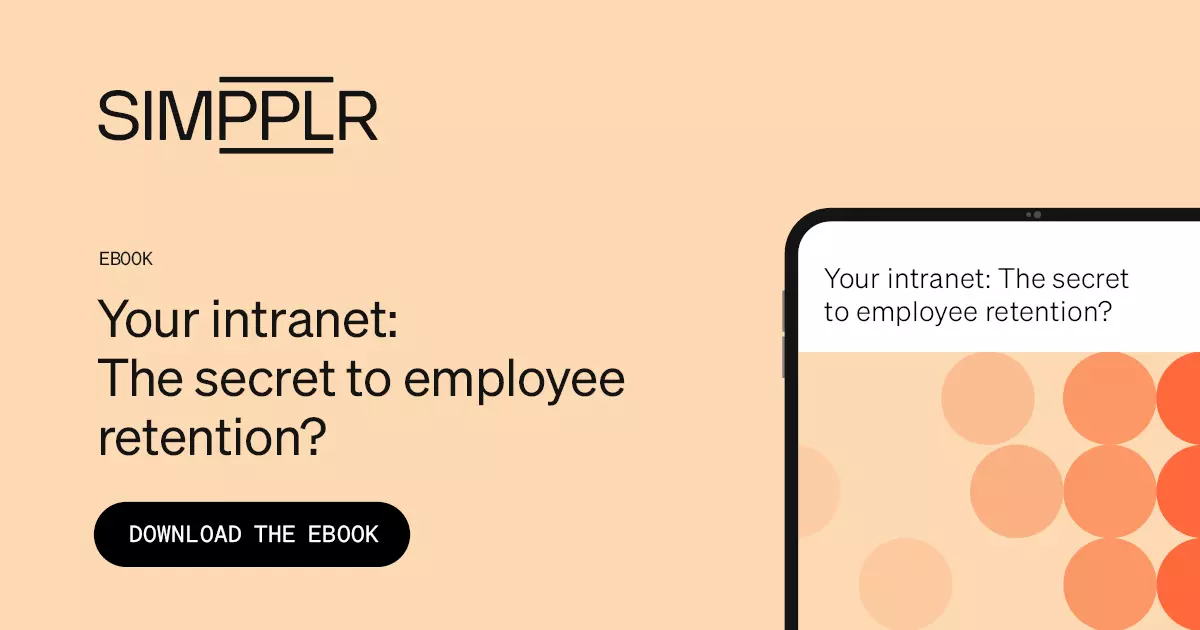
Leveraging modern intranet platforms as employee burnout solutions
A modern intranet is a centralized hub where communication flows freely, collaboration is easy, and resources are easily accessible. You can leverage an intranet solution to address burnout risk factors proactively.

For example, with Simpplr, you can analyze employee sentiment and insights to identify potential signs of burnout, such as decreased engagement or increased stress levels. With this knowledge, you can implement targeted strategies to support your employees and cultivate a work environment where well-being is a top priority.
Now, let’s dive into three key ways a modern intranet solution make a tangible difference in your efforts:
1. Efficient communication and collaboration
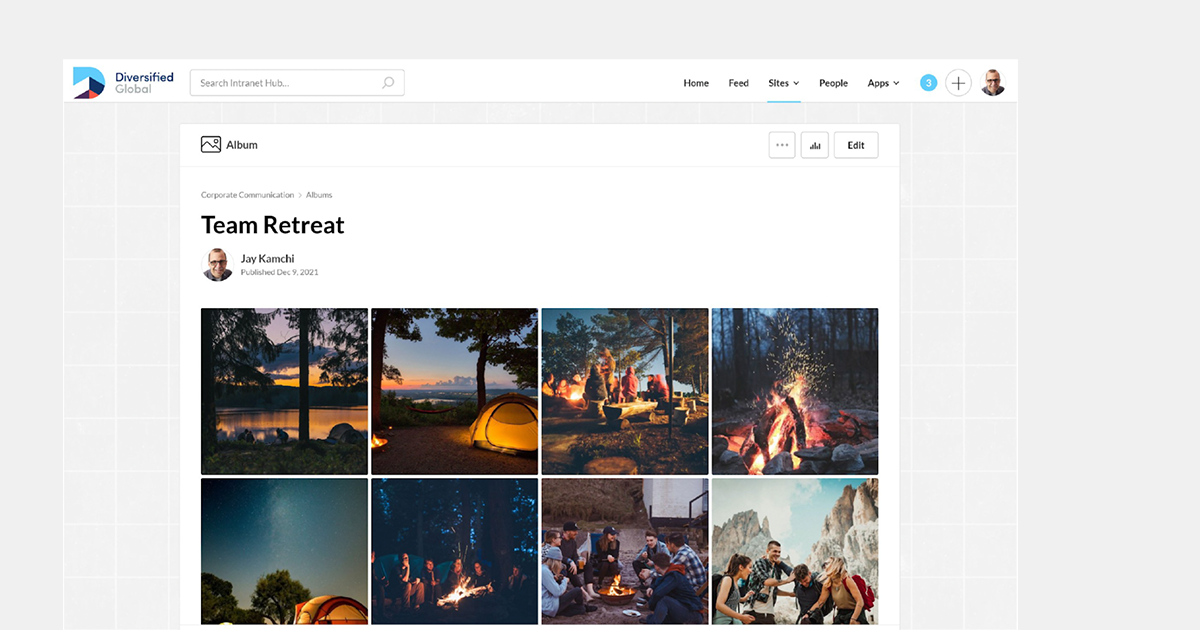
A modern intranet solution not only facilitate seamless communication and collaboration but also empower your employees. They can easily create groups and virtual community spaces across a wide range of business goals and shared interests, thereby reducing feelings of isolation and frustration, and fostering a sense of belonging and teamwork.
2. Real-time feedback and recognition
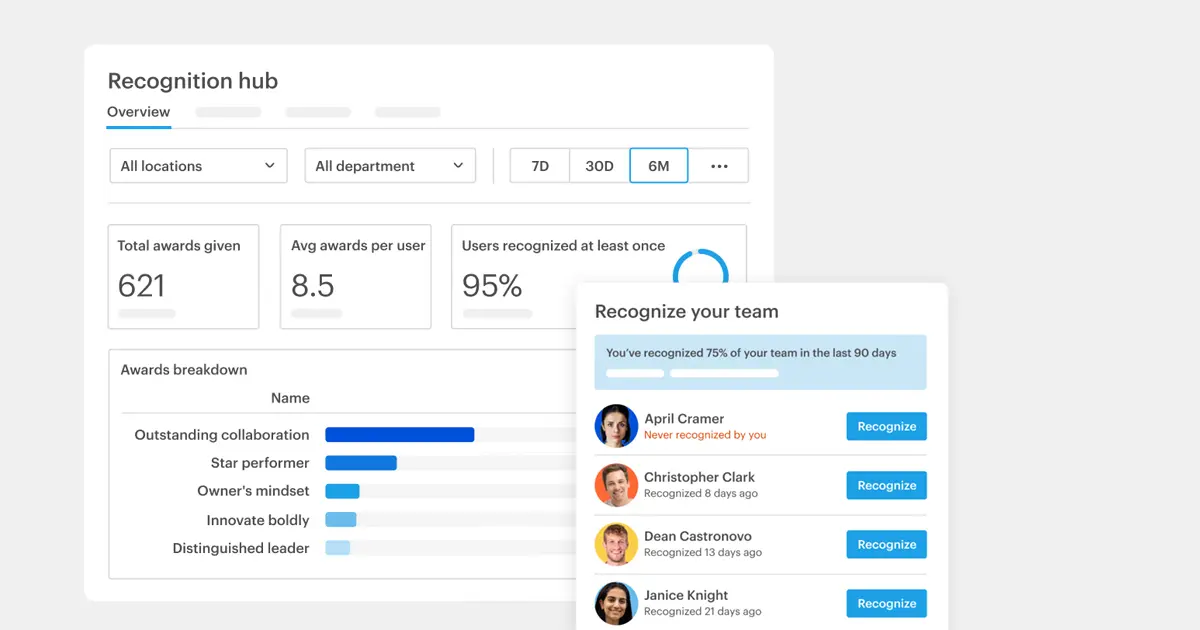
Real-time feedback mechanisms are pivotal in promoting a culture of appreciation and support. They empower employees to voice their concerns, share feedback, and receive recognition for their contributions. This enhances morale and job satisfaction and makes employees feel heard and appreciated.
3. Proactive identification of burnout risk factors
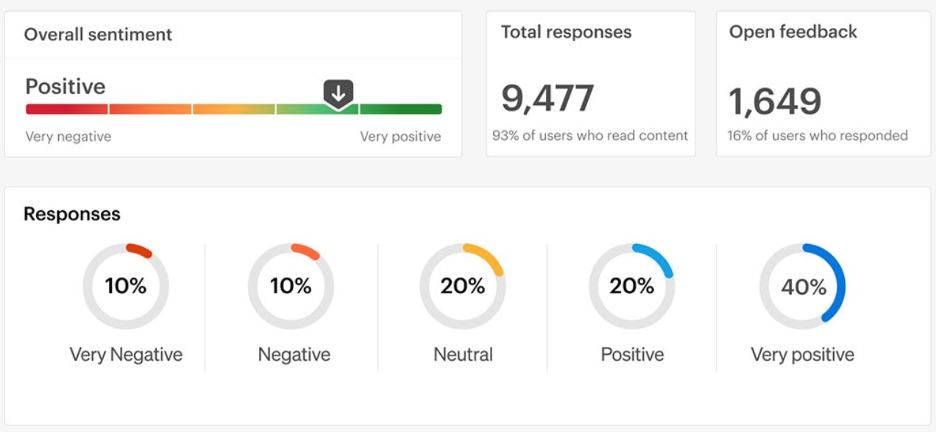
A modern intranet solution can leverage analytics and insights to identify potential burnout risk factors early on. Monitoring employee engagement and well-being metrics can enable organizations to proactively address stressors and promote resilience, combating burnout before it escalates.
How can Simpplr help?
Employee burnout is indeed a significant challenge faced by organizations worldwide. However, combating burnout becomes more manageable with an intranet platform designed to provide seamless and personalized employee experiences at scale.
A holistic approach is all that’s required to deliver exceptional employee experiences and foster a supportive and nurturing work environment where every employee can thrive.
Simpplr is the leading AI-powered employee experience platform. It’s more than just an intranet. With purpose-built AI and extensive personalization capabilities, employees receive tailored support and resources to excel in their roles.
Moreover, Simpplr provides clear and cohesive data to help you better understand your employees’ demands through integrated insights. With this knowledge, you can drive engagement, make informed decisions, and proactively stop burnout before it starts. Get in touch now to learn how Simpplr can help tackle employee burnout in your organization.
